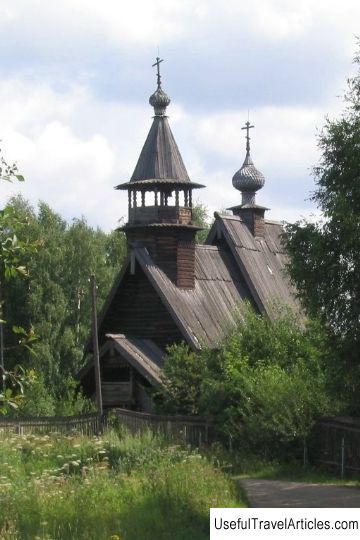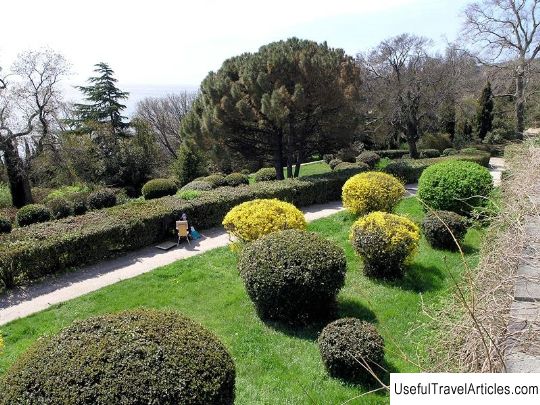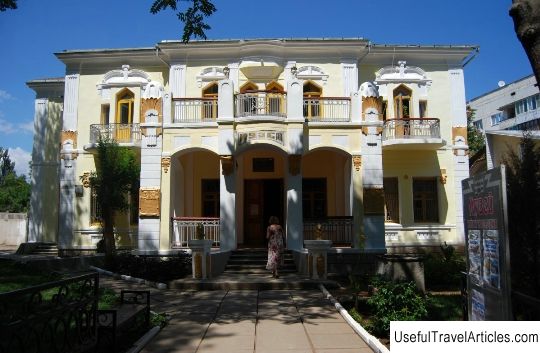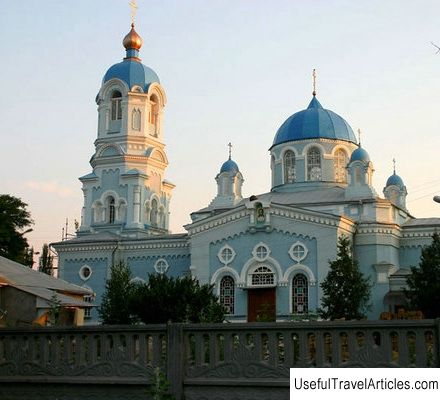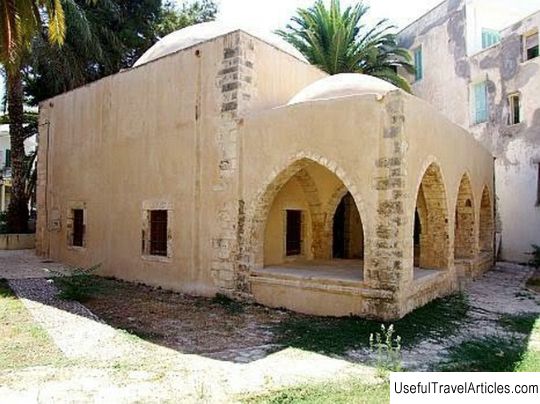Kara-Tobe description and photo - Crimea: Saki
Rating: 8,2/10 (342 votes) 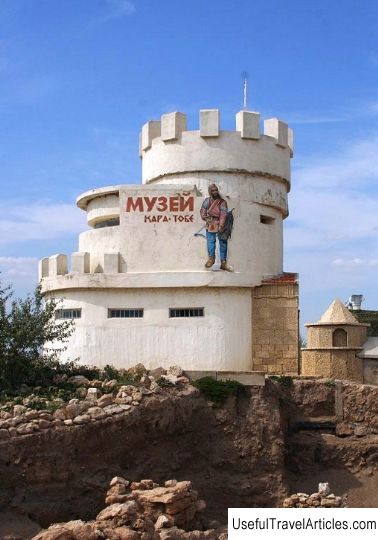
Kara-Tobe description and photo - Crimea: Saki. Detailed information about the attraction. Description, photos and a map showing the nearest significant objects. Photo and descriptionThe Kara-Tobe settlement is located on the outskirts of the city of Saki. In ancient times, this place was a prosperous Greek settlement, probably founded in the 4th century. BC e. According to some scholars, it was called Evpatorion. In the II century. BC e. the Scythians drove the Greeks from the Kara-Tobe hill and founded their own settlement here. However, after a while the Scythians, in turn, were defeated by the commander Diophantus, and the Greeks returned to the town. The bitter experience of previous wars forced them to erect a powerful stone wall around the settlement. In the center of the city, on a hill, a two-storey square tower was built - donjon. In the middle of the 1st century. BC e. the Scythians again subjugated the northwestern Crimea. A late Scythian settlement appeared on the site of a Greek fortress. In the middle of the 1st century. n. e. the Scythians once again quarreled with the Chersonesites, and soon the Roman troops of Tiberius Plautius Sylvanas, called to help the inhabitants of the city, appear in Taurica. Probably, one of the Roman detachments landed on the shore near Kara-Tobe. The inhabitants of the settlement fled in panic from their homes, and a Roman garrison settled in their place, one of its soldiers buried nearby a treasure of silver coins, accidentally discovered in 1956 However, the Romans did not stay long at this place. At the end of the 1st century. here the Scythians reappear. Their small village existed at the very top of the hill for several more decades. At the beginning of the II century. residents finally leave Kara-Tobe, probably out of fear of the Sarmatians invading Crimea. In 2000 on the basis of the archaeological excavations of Kara-Tobe, the International Center for Experimental Archeology and Innovative Pedagogy `` Kara-Tobe '' was created. Most of the museum's exhibits are archaeological finds from the excavations of the settlement and the Scythian necropolis. Good preservation Greek black and red gloss dishes, Megarian bowls of fine work. Scythian ceramics are displayed nearby. The museum exposition contains unique and rare exhibits. These include a plaster cast from an antique silver vessel, apparently belonging to a Roman jeweler. Among the exhibits on the second floor of the museum, women's jewelry is widely represented: beads, earrings, rings, rings, amulets, brooches, bracelets, etc. others. Here are also fragments of terracotta sculpture. A separate stand is dedicated to the weapons of the Scythian warriors. The exposition shows arrowheads, spears, darts, etc. Two floors of the museum are crowned with an observation deck, from where a beautiful panorama opens.  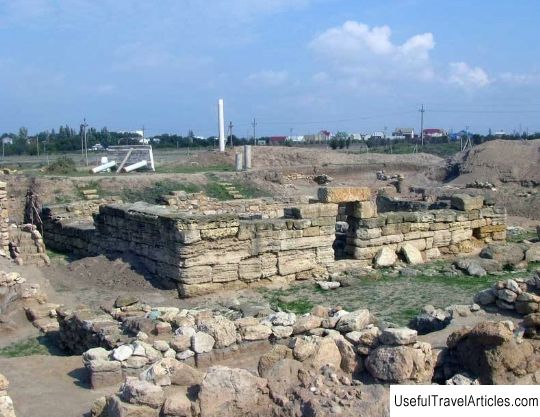  We also recommend reading Children's railway description and photos - Georgia: Tbilisi Topic: Kara-Tobe description and photo - Crimea: Saki. |
